On Saturday, August 18, 2018, don’t miss the Mississippi Book Festival downtown at the State Capitol. From fantastic picture books to young adult blockbusters, there are panels with authors who have written books for kids of all ages.
Here’s the roundup:
9:30 AM a.m. – Angie Thomas: Kidnote: Galloway Sanctuary
Presented by the Phil Hardin Foundation, the de Grummond Collection and the Fay B. Kaigler Children’s Book Festival
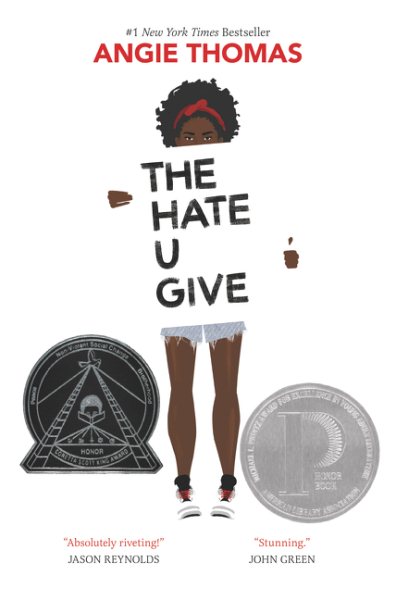 Angie Thomas, New York Times Bestselling author of the Black Lives Matter young adult novel The Hate U Give, will be speaking in the Galloway Sanctuary. The Hate U Give has been made into a film directed by George Tillman Jr., and is set to release October 19, 2018. Just three years ago in 2015, Angie Thomas announced at the first Mississippi Book Festival that she had just signed with her literary agent. For Thomas, so much has happened since then, and don’t miss the chance to hear one of the brightest literary stars speak right in her hometown of Jackson, Mississippi.
Angie Thomas, New York Times Bestselling author of the Black Lives Matter young adult novel The Hate U Give, will be speaking in the Galloway Sanctuary. The Hate U Give has been made into a film directed by George Tillman Jr., and is set to release October 19, 2018. Just three years ago in 2015, Angie Thomas announced at the first Mississippi Book Festival that she had just signed with her literary agent. For Thomas, so much has happened since then, and don’t miss the chance to hear one of the brightest literary stars speak right in her hometown of Jackson, Mississippi.
10:45 a.m. – Hope (Nation) and Other Four-Letter Words: Galloway Sanctuary
Presented by the James and Madeleine McMullan Family Foundation
Following Kidnote, this is a powerhouse panel filled with some of the biggest names in Young Adult Literature. Dr. Rose Brock, one of the founders of the North Texas Teen Book Festival, and editor of the collection of Young Adult short stories in the book Hope Nation will moderate.
- Becky Albertalli: (Leah on the Offbeat) Albertalli is also the author of Simon and the Homosapiens Agenda, which you may know by the recent film, Love, Simon. Leah, Simon’s best friend, gets her own story.
- Angie Thomas: (The Hate U Give) *see Kidnote!
- Nicola Yoon: (The Sun is Also a Star) A love story that takes place in 24 hours, with two teens in New York City: one is doing everything she can to keep her family from being deported and other is about to have an interview for Yale to fulfill his family’s expectations. Yoon is also the author of Everything, Everything with a film by the same name.
- Nic Stone: (Dear Martin) Following the lines between being black and white, Dear Martin is an incredible story of race, education, and the story of one Justyce McAllister, an honors student who gets put in handcuffs because he’s black, and who keeps a journal writing to Dr. Martin Luther King, Jr.
- Julie Murphy: (Puddin’) The sequel to Murphy’s first novel, Dumplin’, which is so hilarious that I laughed hard enough to cry while reading it. The sequel does not disappoint.
12:00 p.m. – Picture This!: STATE CAPITOL ROOM 201 A
Presented by Sara and Bill Ray
Led by Ellen Ruffin, curator of the de Grummond Collection at the University of Southern Mississippi, this collection of children’s authors and illustrators celebrate the vital, enduring and delightful Picture Book – the gateway to literacy for all ages.
Picture books are NOT just books with pictures. They are interactive stories, histories, and an intricately interwoven book that must combine a visual and auditory form of reading—and keep the attention of small children!
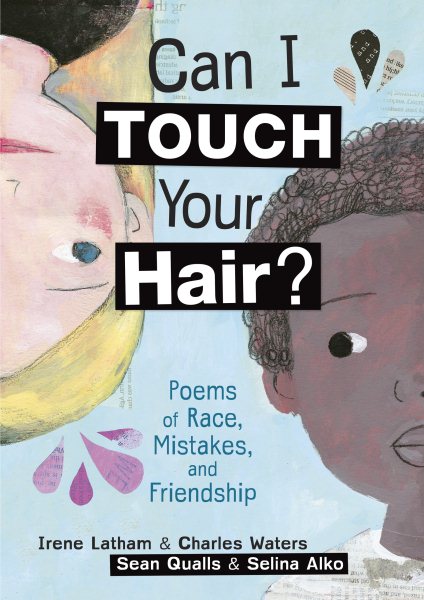 This picture panel features THREE illustrators (Charles Waters, Don Tate, Sarah Jane Wright) and two collaborative projects. The first of the collaborative projects, Can I Touch Your Hair? Poems of Race, Mistakes, and Friendship is by Irene Latham and Charles Waters, who write letters back and forth between their fifth grade selves is a powerful look at race and friendship. In Lola Dutch, newcomers and husband and wife team Kenneth and Sarah Jane Wright, whose lively little girl character Lola Dutch (who is just TOO much) may just be the next Eloise (by Kay Thompson) or Madeline (by Ludwig Bemelmans). Then there are three phenomenal non-fiction picture books including two biographies, beginning with A Child’s Introduction to African American History by Jabari Asim to Alabama Spitfire: The Story of Harper Lee and To Kill a Mockingbird, by Bethany Hegedus, and Strong as Sandow: How Eugen Sandow Became the Strongest Man on Earth, by Don Tate (who also illustrated this biography!)
This picture panel features THREE illustrators (Charles Waters, Don Tate, Sarah Jane Wright) and two collaborative projects. The first of the collaborative projects, Can I Touch Your Hair? Poems of Race, Mistakes, and Friendship is by Irene Latham and Charles Waters, who write letters back and forth between their fifth grade selves is a powerful look at race and friendship. In Lola Dutch, newcomers and husband and wife team Kenneth and Sarah Jane Wright, whose lively little girl character Lola Dutch (who is just TOO much) may just be the next Eloise (by Kay Thompson) or Madeline (by Ludwig Bemelmans). Then there are three phenomenal non-fiction picture books including two biographies, beginning with A Child’s Introduction to African American History by Jabari Asim to Alabama Spitfire: The Story of Harper Lee and To Kill a Mockingbird, by Bethany Hegedus, and Strong as Sandow: How Eugen Sandow Became the Strongest Man on Earth, by Don Tate (who also illustrated this biography!)
- Jabari Asim: (A Child’s Introduction to African American History)
- Bethany Hegedus: (Alabama Spitfire: The Story of Harper Lee and To Kill a Mockingbird)
- Irene Latham and Charles Waters: (Can I Touch Your Hair? Poems of Race, Mistakes, and Friendship)
- Don Tate: (Strong as Sandow: How Eugen Sandow Became the Strongest Man on Earth)
- Kenneth and Sarah Jane Wright: (Lola Dutch)
1:30 p.m. – Meet Me in the Middle: STATE CAPITOL ROOM 201 A
Presented by the de Grummond Collection and the Fay B. Kaigler Children’s Book Festival
Moderated by yours truly, I’m excited to present some of the best middle grade books (for kids ages 8-12) published this year.
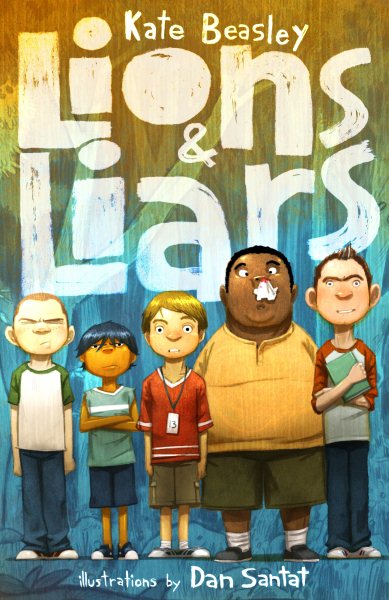 Lions and Liars is the funniest, laugh-out-loud story I’ve read for kids in a long time—think Holes meets summer camp gone wrong. The Parker Inheritance, is a mystery involving race, family, and the South that takes place over the course of several generations, culminating in present day Lambert, South Carolina. If Candice and the boy across the street can solve this mystery, they may be able to right an injustice done a long time ago. The Night Diary is a remarkable work of literary historical fiction featuring the 1947 partition of India and Pakistan where 12-year-old Nisha is half-Muslim and half-Hindu, and trying to find out where she belongs as her family flees the only home they’ve ever known. Charlotte Jones Voiklis is the granddaughter of Madeleine L’Engle (author of A Wrinkle in Time) and Voiklis’ biography of her grandmother, Becoming Madeleine, is truly a labor of love and a fascinating look at the young life of L’Engle, one of the first female science and fantasy writers for young readers, who left a huge legacy in children’s literature. In Ernestine, Catastrophe Queen, young Ernestine Montgomery is obsessed with the apocalypse, but instead of fighting off zombies, she uncovers a murder mystery in a grave-yard—think Harriet the Spy meets Coraline.
Lions and Liars is the funniest, laugh-out-loud story I’ve read for kids in a long time—think Holes meets summer camp gone wrong. The Parker Inheritance, is a mystery involving race, family, and the South that takes place over the course of several generations, culminating in present day Lambert, South Carolina. If Candice and the boy across the street can solve this mystery, they may be able to right an injustice done a long time ago. The Night Diary is a remarkable work of literary historical fiction featuring the 1947 partition of India and Pakistan where 12-year-old Nisha is half-Muslim and half-Hindu, and trying to find out where she belongs as her family flees the only home they’ve ever known. Charlotte Jones Voiklis is the granddaughter of Madeleine L’Engle (author of A Wrinkle in Time) and Voiklis’ biography of her grandmother, Becoming Madeleine, is truly a labor of love and a fascinating look at the young life of L’Engle, one of the first female science and fantasy writers for young readers, who left a huge legacy in children’s literature. In Ernestine, Catastrophe Queen, young Ernestine Montgomery is obsessed with the apocalypse, but instead of fighting off zombies, she uncovers a murder mystery in a grave-yard—think Harriet the Spy meets Coraline.
- Kate Beasley: (Lions and Liars)
- Varian Johnson: (The Parker Inheritance)
- Veera Hiranandani: (The Night Diary)
- Charlotte Jones Voiklis: (Becoming Madeleine: A Biography of the Author of A Wrinkle in Time by Her Granddaughters)
- Merrill Wyatt: (Ernestine, Catastrophe Queen)
2:45 p.m. – Mississippi in the Middle: STATE CAPITOL ROOM 201 A
Presented by the de Grummond Collection and the Fay B. Kaigler Children’s Book Festival and University of Mississippi MFA Program
Augusta Scattergood, author of Glory Be, The Way to Stay in Destiny, and Making Friends with Billy Wong, will moderate this panel with authors who have Mississippi roots!
 There’s a plethora of stories for kids set in the South, from Southern Gothic fairy tale (Goldeline) to a South Mississippi Electric Ghost Town and Walter Anderson-esque art mystery (Smack Dab in the Middle of Maybe), and in A Long Line of Cakes, Wiles returns to Aurora County—the setting of books by Wiles including Love, Ruby Lavender and Each Little Bird that Sings—where the Cakes are a rambunctious family who travel from town to town setting up bakeries until it is time to move again—until they move to Aurora County, where Emma Lane Cake meets Ruby Lavender who teaches her something about friendship. An in Jackson’s A Sky Full of Stars, readers will return to the same 1950s Mississippi found in Midnight Without a Moon, where Rose wrestles with her decision to stay in Mississippi, even after the murder of Emmett Till.
There’s a plethora of stories for kids set in the South, from Southern Gothic fairy tale (Goldeline) to a South Mississippi Electric Ghost Town and Walter Anderson-esque art mystery (Smack Dab in the Middle of Maybe), and in A Long Line of Cakes, Wiles returns to Aurora County—the setting of books by Wiles including Love, Ruby Lavender and Each Little Bird that Sings—where the Cakes are a rambunctious family who travel from town to town setting up bakeries until it is time to move again—until they move to Aurora County, where Emma Lane Cake meets Ruby Lavender who teaches her something about friendship. An in Jackson’s A Sky Full of Stars, readers will return to the same 1950s Mississippi found in Midnight Without a Moon, where Rose wrestles with her decision to stay in Mississippi, even after the murder of Emmett Till.
- Jimmy Cajoleas: (Goldeline)
- Jo Hackl: (Smack Dab in the Middle of Maybe)
- Deborah Wiles: (A Long Line of Cakes)
- Linda Williams Jackson: (A Sky Full of Stars)
An incredible literary event right here in the heart of Mississippi, don’t miss this year’s Mississippi Book Festival! Find out more information at msbookfestival.com
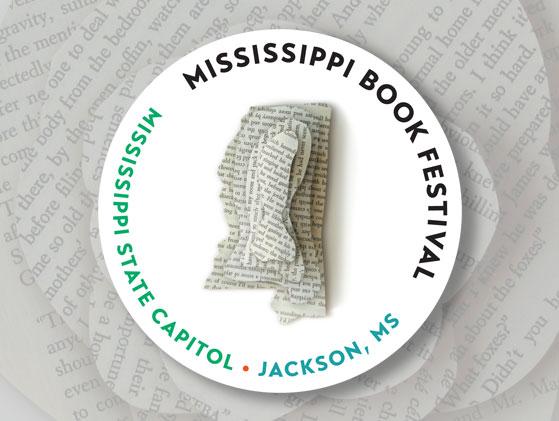


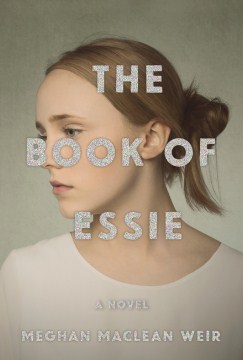 I finally chose The Book of Essie to break my non-reading streak, and I was determined to not give up on it. So when I was on a plane on my way to Turks and Caicos for a senior trip, finding myself about a third of the way into the novel and questioning whether or not I should continue, I felt defeated. Would I ever read another book again? I was debating sliding the book back into my carry on when I scanned the page I was on and saw a mention of the school I’ll be attending this fall: The University of the South, which is relatively small, so I took this random coincidence as a sign that the wind spirits wished me to continue in my endeavor, and I sure am glad that I listened to them.
I finally chose The Book of Essie to break my non-reading streak, and I was determined to not give up on it. So when I was on a plane on my way to Turks and Caicos for a senior trip, finding myself about a third of the way into the novel and questioning whether or not I should continue, I felt defeated. Would I ever read another book again? I was debating sliding the book back into my carry on when I scanned the page I was on and saw a mention of the school I’ll be attending this fall: The University of the South, which is relatively small, so I took this random coincidence as a sign that the wind spirits wished me to continue in my endeavor, and I sure am glad that I listened to them.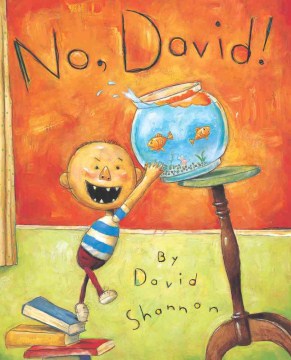 With a Caldecott Honor under its belt, No, David! has become a fixture in households around the country for its quick and funky drawing style and light-hearted humor. Meet David, a typical young boy who just can not seem to keep out of trouble. This treasure is based on author David Shannon’s first autobiography that he wrote at just five years old. Delve into the sometimes chaotic world of No, David! with a little bit of humor and get ready for trouble!
With a Caldecott Honor under its belt, No, David! has become a fixture in households around the country for its quick and funky drawing style and light-hearted humor. Meet David, a typical young boy who just can not seem to keep out of trouble. This treasure is based on author David Shannon’s first autobiography that he wrote at just five years old. Delve into the sometimes chaotic world of No, David! with a little bit of humor and get ready for trouble!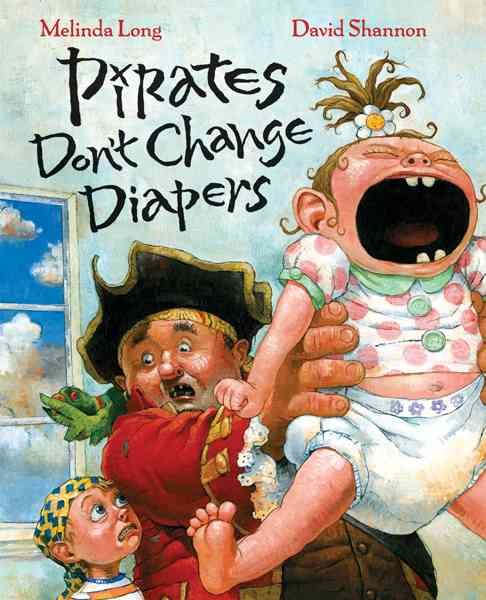 In the sequel to How I Became a Pirate (which is arguably better than the original), David Shannon arrives again on this list for even more fantastic illustrations and with Melinda Long’s funny storytelling, this duo is bound to hit it out of the park. With a title that good, how can you pass it up? Jeremy and the crew are back at it again in the quest of babysitting his baby sister and (somehow) also finding treasure!
In the sequel to How I Became a Pirate (which is arguably better than the original), David Shannon arrives again on this list for even more fantastic illustrations and with Melinda Long’s funny storytelling, this duo is bound to hit it out of the park. With a title that good, how can you pass it up? Jeremy and the crew are back at it again in the quest of babysitting his baby sister and (somehow) also finding treasure!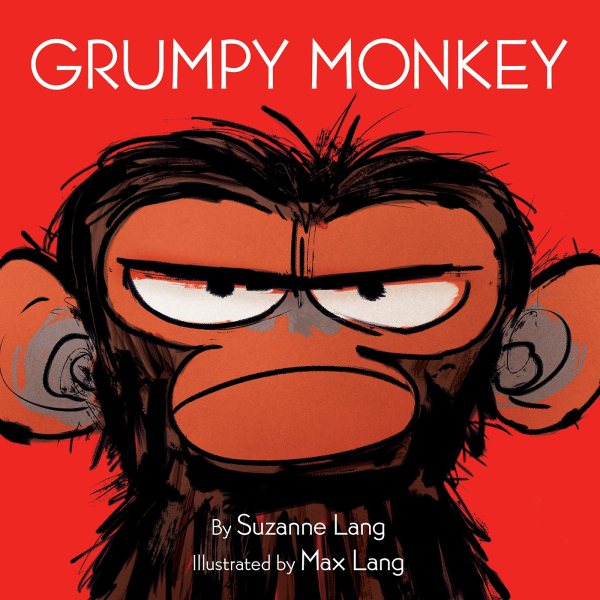 Has your toddler ever been grumpy over absolutely nothing? This book is for you. Jim Panzee, the title monkey, is just having a grumpy day and can’t seem to get out of his sour mood. Follow this adorable character and his equally charming friends in the quest of not being so grumpy.
Has your toddler ever been grumpy over absolutely nothing? This book is for you. Jim Panzee, the title monkey, is just having a grumpy day and can’t seem to get out of his sour mood. Follow this adorable character and his equally charming friends in the quest of not being so grumpy. Ian Falconer’s series of books details the life of Olivia, a young pig with a sassy attitude who might not be so different from most young human girls. Girls can relate to her and parents can laugh a all of her shenanigans and wild stories that seem oh-so-familiar. In the books, Olivia strives to be different and stand out against the crowd, her dreams filled with applause and encores from a packed audience. The Olivia books are charming, entertaining, and a joy to read with young girls.
Ian Falconer’s series of books details the life of Olivia, a young pig with a sassy attitude who might not be so different from most young human girls. Girls can relate to her and parents can laugh a all of her shenanigans and wild stories that seem oh-so-familiar. In the books, Olivia strives to be different and stand out against the crowd, her dreams filled with applause and encores from a packed audience. The Olivia books are charming, entertaining, and a joy to read with young girls.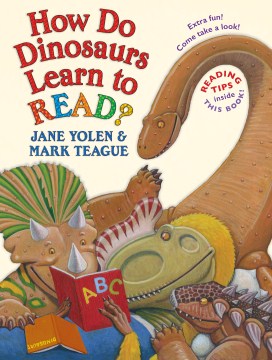 How Do Dinosaurs is great for young boys and girls who love dinosaurs and parents who want books in a series that have concepts such as love, friends, pets, school, bedtime, etc. With funny and beautiful illustrations, one can’t help but be sucked into this fun, not so imaginary world where dinosaurs rule.
How Do Dinosaurs is great for young boys and girls who love dinosaurs and parents who want books in a series that have concepts such as love, friends, pets, school, bedtime, etc. With funny and beautiful illustrations, one can’t help but be sucked into this fun, not so imaginary world where dinosaurs rule.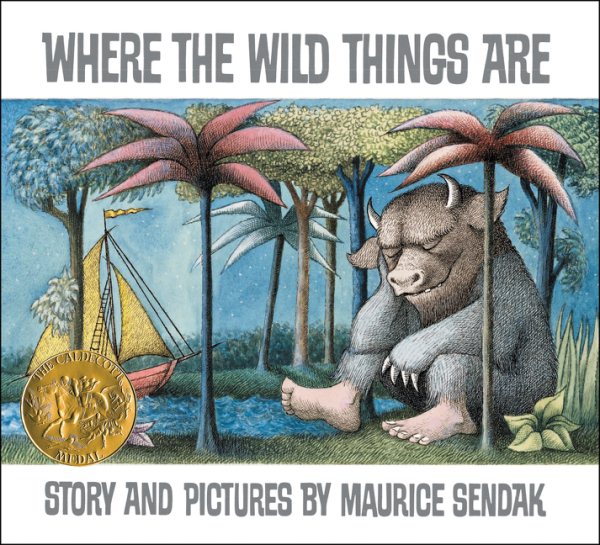 Any explanation needed? Where The Wild Things Are is the PERFECT book for any child. It’s a classic, wonderful for both girls and boys, and a way for parents to reminisce about their own childhood. The story is magical, enjoyable, and has an ending to warm anyone’s heart. The art paired with the spectacular writing allows the reader (or readers) to be fully immersed in the story as if they are walking beside its main character, Max, all along. Let yourself go wild with this spectacular classic, bound to keep moving down throughout the generations.
Any explanation needed? Where The Wild Things Are is the PERFECT book for any child. It’s a classic, wonderful for both girls and boys, and a way for parents to reminisce about their own childhood. The story is magical, enjoyable, and has an ending to warm anyone’s heart. The art paired with the spectacular writing allows the reader (or readers) to be fully immersed in the story as if they are walking beside its main character, Max, all along. Let yourself go wild with this spectacular classic, bound to keep moving down throughout the generations.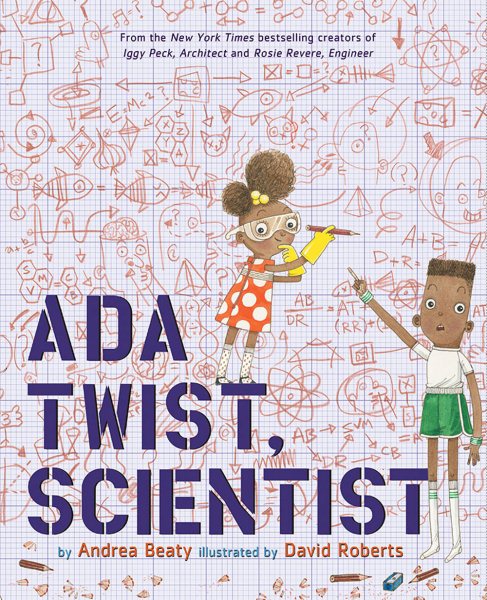 I’ll end this list with one of my favorite children’s books I have read this summer, focusing on the best book of the series. Ada Twist, Scientist along with Iggy Peck, Architect and Rosie Revere, Engineer are possibly the cutest children books I have ever had the privilege to read, and that is a lot coming from me, a person who probably says the word “cute” more times a day than I would like to admit. There is just something about these books that I cant help but adore–the way the rhyming in the books flows and creates such an amazing voice in the books is almost magical. The illustrations are unique and creative, and seem to have been done with care. I also love the adding of a main character of color in the series with Ada Twist, Scientist. The book seems to be the most “polished” book of the series, the story engages the reader, the colors in the illustrations are vibrant, and every child I have read it to adore it.
I’ll end this list with one of my favorite children’s books I have read this summer, focusing on the best book of the series. Ada Twist, Scientist along with Iggy Peck, Architect and Rosie Revere, Engineer are possibly the cutest children books I have ever had the privilege to read, and that is a lot coming from me, a person who probably says the word “cute” more times a day than I would like to admit. There is just something about these books that I cant help but adore–the way the rhyming in the books flows and creates such an amazing voice in the books is almost magical. The illustrations are unique and creative, and seem to have been done with care. I also love the adding of a main character of color in the series with Ada Twist, Scientist. The book seems to be the most “polished” book of the series, the story engages the reader, the colors in the illustrations are vibrant, and every child I have read it to adore it.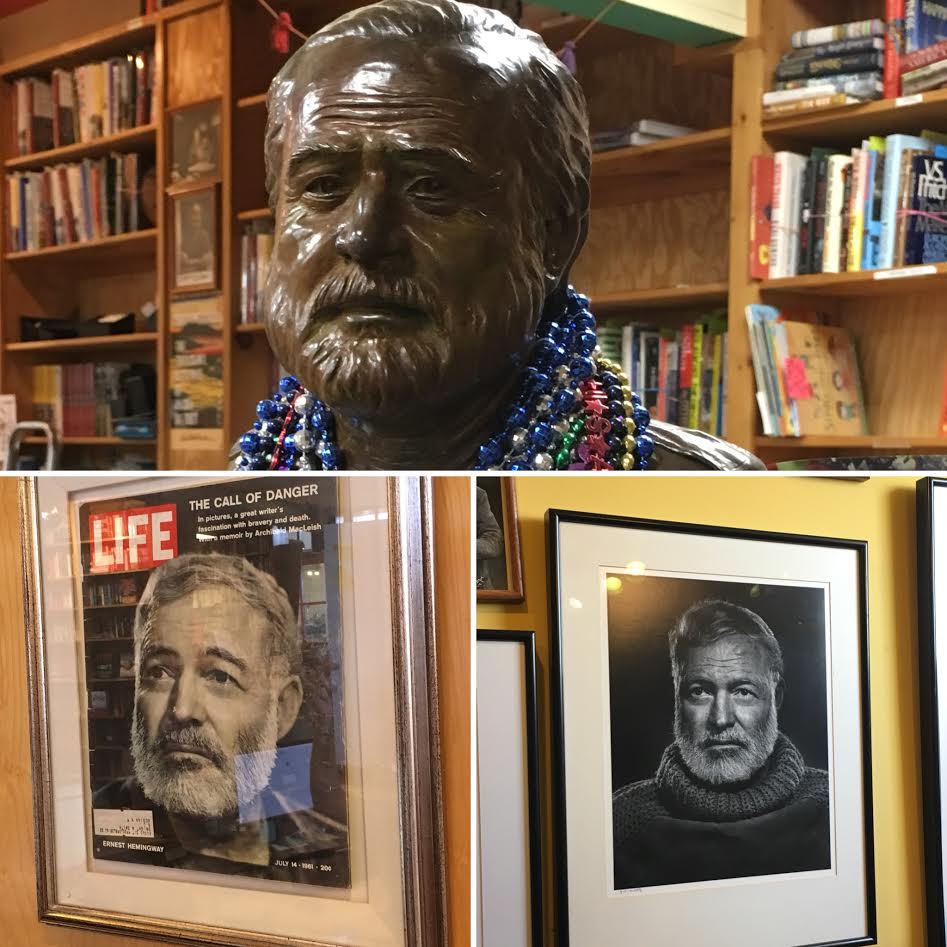
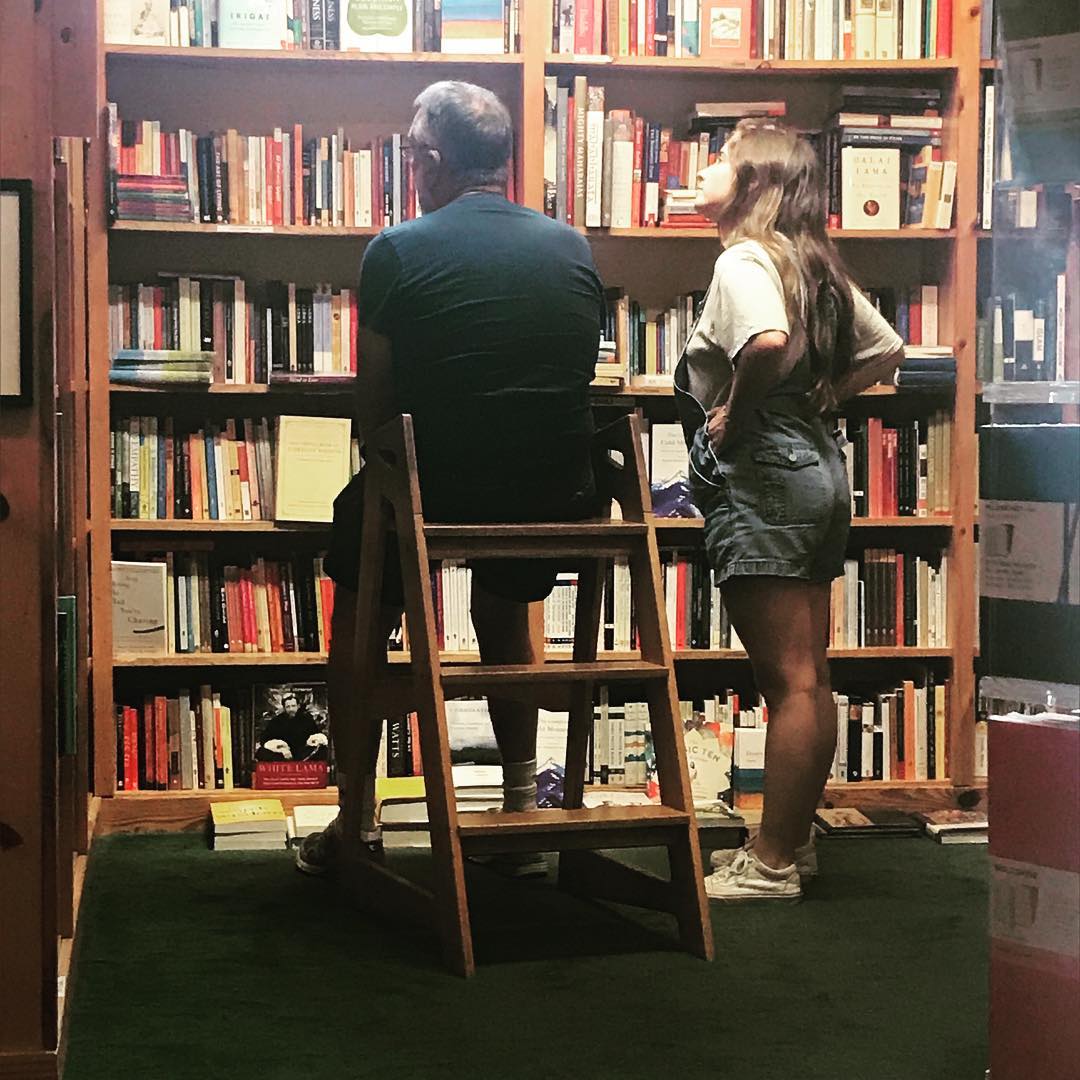
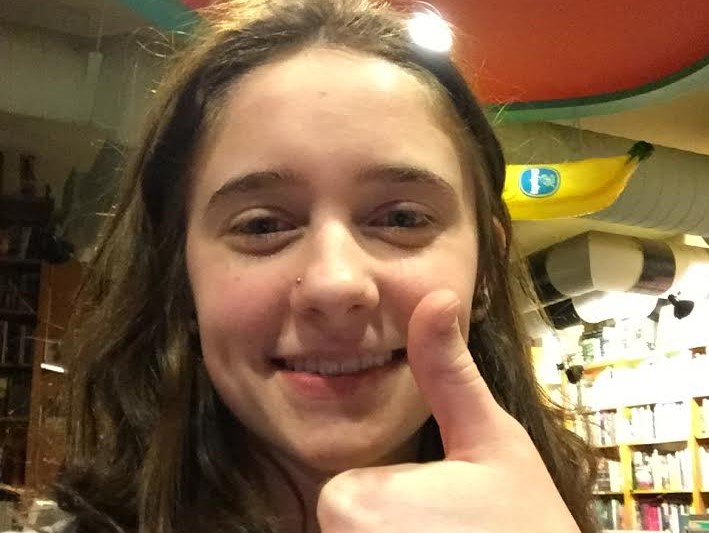
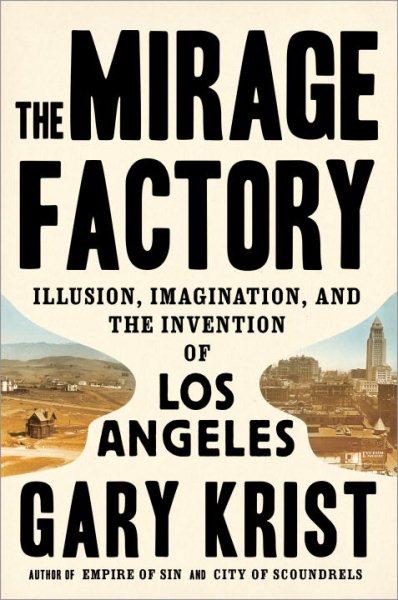 I have come to the conclusion that Krist is the great pop urban historian of today. In lucid, well-researched prose, he tells not of great American city’s beginnings, but the genesis of the idea of that city–what each metropolis has to offer to the culture and popular imagination of this country. He returns this year with
I have come to the conclusion that Krist is the great pop urban historian of today. In lucid, well-researched prose, he tells not of great American city’s beginnings, but the genesis of the idea of that city–what each metropolis has to offer to the culture and popular imagination of this country. He returns this year with 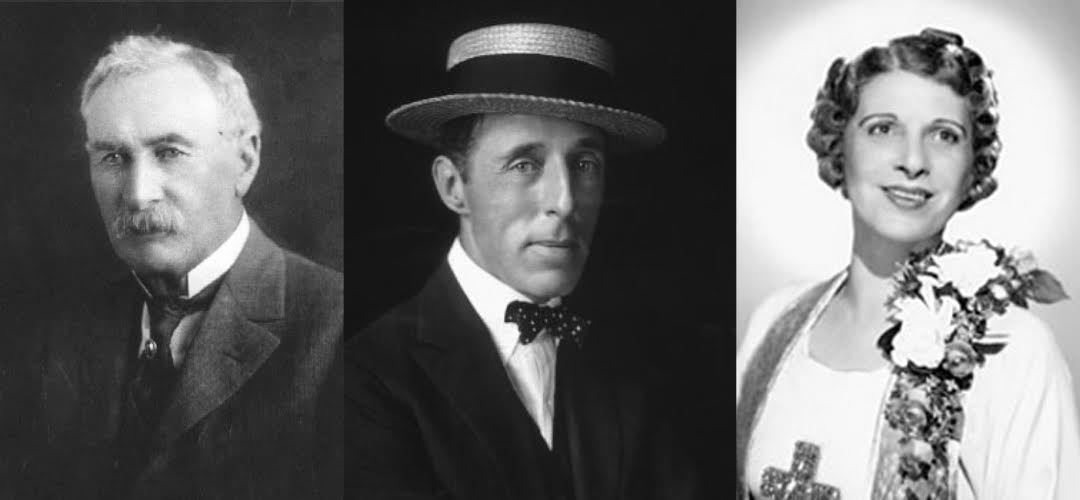
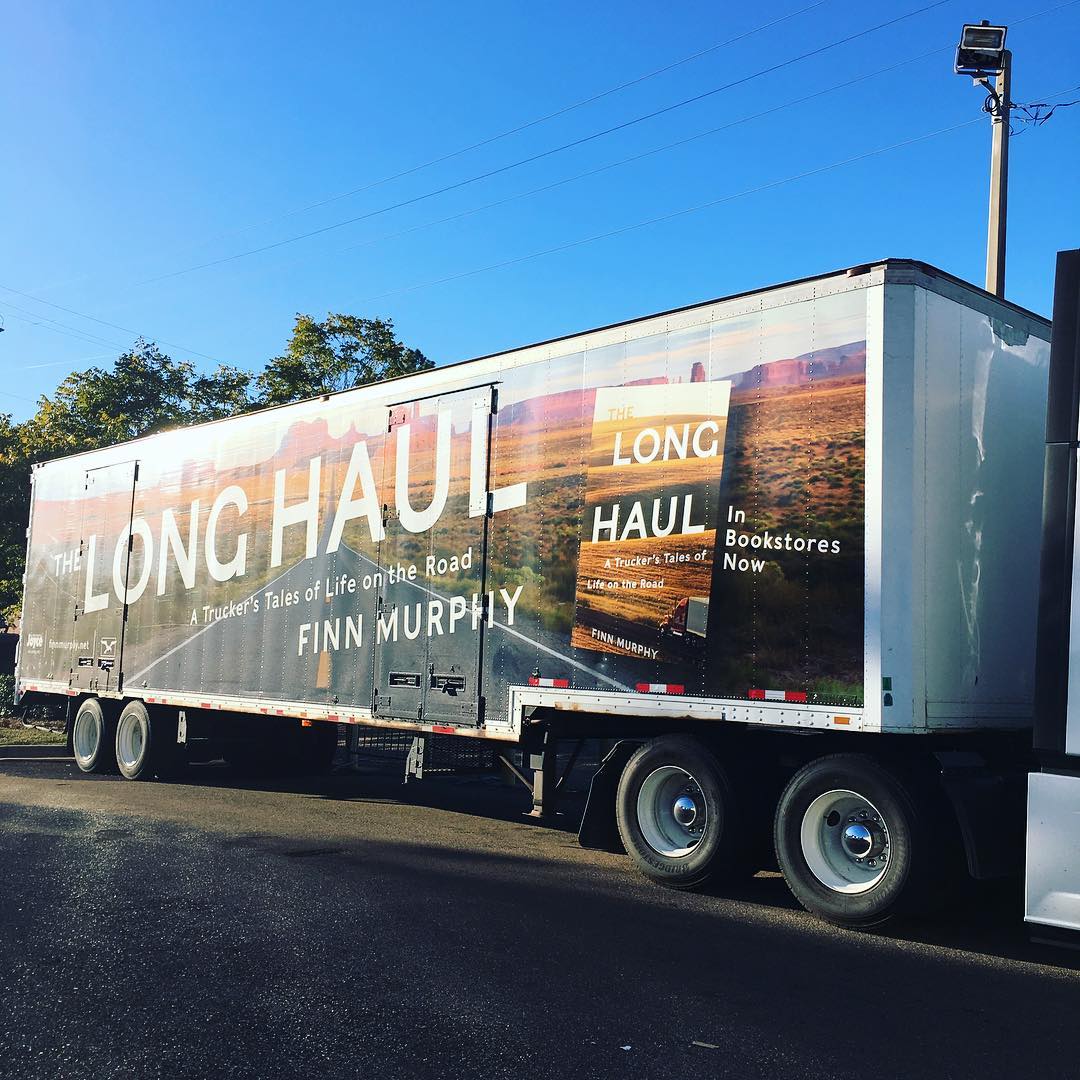 He brought a rig with a custom decorative wrap on the trailer. It looked awesome. Alas, I was visiting my brother in Nashville at the time.
He brought a rig with a custom decorative wrap on the trailer. It looked awesome. Alas, I was visiting my brother in Nashville at the time.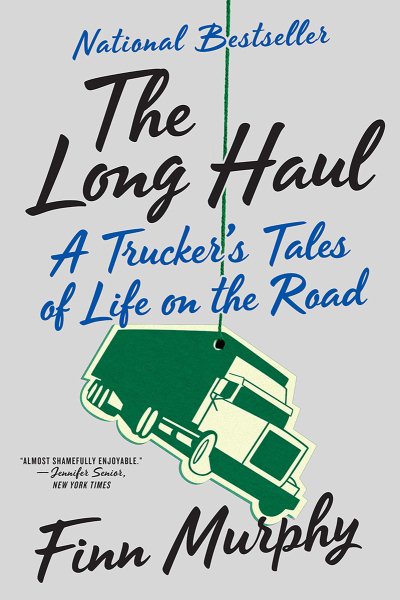 This gives Murphy an unexpected vantage point: he certainly illuminates his world on the highway; I could see into the cabs of trucks from the Greyhound bus I was riding. Cummins, a diesel engine manufacturer whose existence I had spent decades being oblivious of, had a headquarters in Indianapolis that I noticed immediately upon arrival.
This gives Murphy an unexpected vantage point: he certainly illuminates his world on the highway; I could see into the cabs of trucks from the Greyhound bus I was riding. Cummins, a diesel engine manufacturer whose existence I had spent decades being oblivious of, had a headquarters in Indianapolis that I noticed immediately upon arrival. In
In 
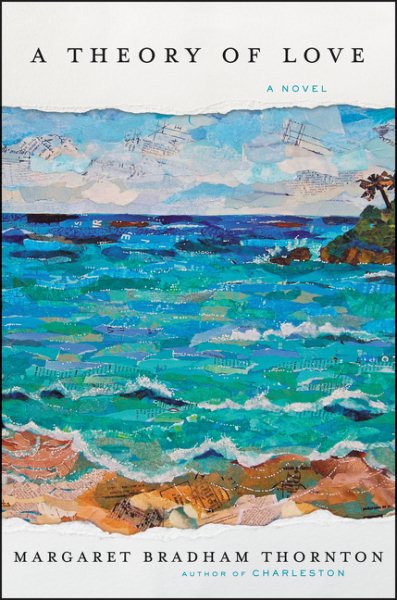 The story begins on the west coast of Mexico. Helen, a reserved British reporter, meets Christopher, a French-American lawyer. It’s her first time in Bermeja, interviewing people for work, while he often travels to his childhood vacation home. At first, Helen resists Christopher’s charm, almost believing he is too good to be true. But they exchange numbers, and by the time they both find themselves in London, it’s clear this flirtation is going to be a full-blown romance.
The story begins on the west coast of Mexico. Helen, a reserved British reporter, meets Christopher, a French-American lawyer. It’s her first time in Bermeja, interviewing people for work, while he often travels to his childhood vacation home. At first, Helen resists Christopher’s charm, almost believing he is too good to be true. But they exchange numbers, and by the time they both find themselves in London, it’s clear this flirtation is going to be a full-blown romance.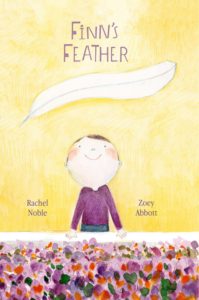
 Where are you from, Rachel, and what is your background in relation to writing children’s books?
Where are you from, Rachel, and what is your background in relation to writing children’s books?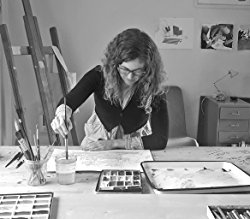 Where are you from, Zoey, and what is your background in relation to illustrating children’s books?
Where are you from, Zoey, and what is your background in relation to illustrating children’s books?
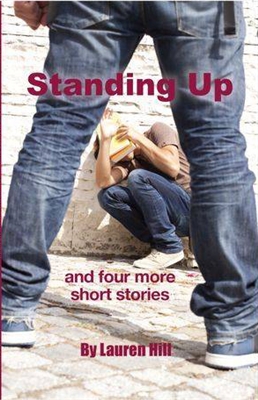 Well, there are five short stories, all centered around important themes. The first story, “Standing Up,” is about bullying; the second story, “It’s All About Faith,” is about believing and having faith during difficult times, and the third story, “Every Step of the Way,” is focused on friendship and teenagers struggling to do the right thing, despite peer pressure. The fourth story is a personal memoir of mine, and it is about learning to resist fitting in if it means hurting others. The last story is centered around online safety and the consequences of making bad choices online.
Well, there are five short stories, all centered around important themes. The first story, “Standing Up,” is about bullying; the second story, “It’s All About Faith,” is about believing and having faith during difficult times, and the third story, “Every Step of the Way,” is focused on friendship and teenagers struggling to do the right thing, despite peer pressure. The fourth story is a personal memoir of mine, and it is about learning to resist fitting in if it means hurting others. The last story is centered around online safety and the consequences of making bad choices online.